The Divine Distribution
A look at the borders and beneficiaries of God’s sovereign allocation of His land
When God confirmed a covenant with Abraham (Gen. 12:1), He issued a divine proclamation: He vowed to give all the land He was promising Abraham to both Abraham and his descendants forever (13:15). God bequeathed the land through an unconditional covenant in perpetuity with an everlasting promise (17:8).
He even set the boundaries (15:18–21). The southern border is the “river of Egypt” (v. 18), which most scholars believe is the Wadi el-Arish, not the Nile. The northern boundary is the Euphrates River, and the western boundary is the Mediterranean Sea. To the east, Israel’s territory includes a portion of the Transjordan (Moab and Edom, v. 18).
Genesis 15:19–21 lists 10 nations Israel dispossessed. That said, many conservative scholars differ regarding Israel’s divinely assigned borders, and today much of the world believes all of Israel’s land rightfully belongs to the Arabs and that Israel has no legitimate claim to any of it.
However, Scripture not only teaches that the land belongs to Israel but that Israel has never even possessed all the territory God has promised to Abraham and his descendants through Jacob. Ezekiel 47—48 sheds tremendous light on the territory Israel will one day possess.
JACOB’S DOZEN
Discover how Jacob’s prophecies determined the fates of the 12 tribes of Israel in Jacob’s Dozen by Will Varner.
In Ezekiel, the tribe of Joseph receives two portions of land (Ezek. 47:13), just as Joseph’s father, Jacob, had promised (Gen. 48:5–6; 49:22–26). Joseph’s sons, Ephraim and Manasseh, inherited the birthright of a double portion that rightfully belonged to Reuben, Jacob’s firstborn (49:3), because Reuben “defiled his father’s bed” by committing adultery with Bilhah, Jacob’s concubine (1 Chr. 5:1).
Levi receives no land because the tribe is the Lord’s inheritance and will live among the 12 tribes. Originally the land distributions varied in size (cf. Num. 34:1–15; Josh. 13—22), but in Ezekiel each tribe receives equal allotments (Ezek. 47:14).
DIMENSIONS OF THE LAND
Israel’s northern boundary will run from the “Great Sea” (Mediterranean Sea) at an unrevealed point to “Mount Hor” (Num. 34:7). The line will run “by the road to Hethlon, as one goes to Zedad” (Ezek. 47:15). We don’t know the location of Hethlon today, but it is thought to be the northern border of Lebanon at the entrance of Hamath (Num. 34:8), which is the northernmost area captured by King Solomon (2 Chr. 8:3). The city of Zedad is thought to be 25 miles north of Damascus and is identified with Sadad.
Some of the cities mentioned in Ezekiel 47:16–17 can be located in a Bible atlas or other such source. The important fact about the northern border is that it begins at the Mediterranean Sea, runs through where these cities stood, and includes Lebanon and sections of Syria to the Euphrates River.
The eastern boundary of the Promised Land runs “between Hauran and Damascus, and between Gilead and the land of Israel, along the Jordan, and along the eastern side of the sea” (v. 18). In other words, it runs from the Euphrates River south, encompassing the Golan Heights and Sea of Galilee, down the Jordan River to the Dead Sea.
The southern boundary “shall be from Tamar to the waters of Meribah by Kadesh, along the brook to the Great Sea [Mediterranean Sea]” (v. 19). Most scholars believe Tamar was a city in southern Judah southwest of the Dead Sea between Elath and Hebron. Meribah is called Kadesh Barnea in Numbers 34:4 and lies nearly 50 miles southwest of Beersheba. Most scholars also believe the “brook” refers not to the Nile River in Egypt but to the Wadi el-Arish, called the “Brook of Egypt” in Numbers 34:5. It runs to the Great Sea that marks the western boundary of the land promised to Israel.
DISTRIBUTION OF THE LAND
Ezekiel 48 holds supreme importance for Israel in the future Millennial Kingdom. The chapter reemphasizes the fulfillment of God’s unconditional covenant promises to Abraham, Isaac, and Jacob and Israel’s position in the Kingdom Age after Christ establishes His rule on Earth.
It also outlines the distribution of land to seven of the tribes; land allocated for priests, Levites, and the “prince” (vv. 8–22); distribution of land to the remaining five tribes (vv. 23–29); and the gates and name of the city (vv. 30–35).
The land distribution to the seven tribes moves from north to south and stops immediately before the holy district begins. No allotment sizes appear, but we can assume each tribe receives the same-sized portions of land that parallel each other moving from east to west. The seven tribes are Dan (v. 1), Asher (v. 2), Naphtali (v. 3), Manasseh (v. 4), Ephraim (v. 5), Reuben (v. 6), and Judah (v. 7). Keep in mind God does not distribute the land to Israel based on merit but, rather, based on the promise He made to the fathers—Abraham, Isaac, and Jacob.
The holy district allocated to the priests, Levites, and prince (vv. 8–22; cf. 45:1–8) lies between the seven tribes and remaining five tribes and contains six sections: (1) the sanctuary of the Lord (48:10); (2) an area 8.3 miles long by 3.3 miles wide for Zadok’s sons, the priests (vv. 9–12); (3) an area 8.3 miles long by 3.3 miles wide for the Levites (vv. 13–14); (4) the city 1.5 miles on each side (vv. 15–20); (5) open land surrounding the city for 150 yards on each side, as well as land outside the city for farming (vv. 18–19); and (6) a section for the prince (David, v. 21; cf. 34:24). The city is named “THE LORD IS THERE” (48:35).
The remaining five tribes in southern Israel receive equal allotments, as did those in the north: Benjamin (v. 23), Simeon (v. 24), Issachar (v. 25), Zebulun (v. 26), and Gad (v. 27).
DESCRIPTION OF THE CITY
Near the end of the seven-year Tribulation, Israel will repent and grieve over its sin (Zech. 12:10). All Israel will be redeemed, and God will take away its sin (Rom. 11:26–27). Then Jesus the Messiah will return to set up His Davidic, Messianic Kingdom; and God will grant to Israel all of the land promised in the Abrahamic Covenant, to be distributed to the 12 tribes as recorded in Ezekiel 47:13—48:35.
The Millennial city is Jerusalem, which lies south of the sacred district. It has four sides, 12 gates, and measures 10 miles square (Ezek. 48:15–19, 30–34). The gates will be named after the tribes of Israel.
Although similarities exist between this city and the New Jerusalem described in Revelation 21, they are entirely different cities with no connection. The Millennial city is prepared only for the Millennium (Christ’s 1,000-year reign), whereas the New Jerusalem is an eternal city prepared for the eternal state in a new heaven and new earth (vv. 1–2).
Though the Millennial city is Jerusalem (cf. Zech. 14:17), its name will be changed to “THE LORD IS THERE” (Hebrew, Jehovah Shammah, Ezek. 48:35). The city
also will be called “THE LORD OUR RIGHTEOUSNESS” (Jer. 33:16).
Thus the city’s complete name will reflect the character of the Millennium. It will be a place where peace reigns, God dwells and rules, and God’s righteousness prevails and flows to all nations. What an exciting and awe-inspiring day to anticipate because, as believers in Christ, we, too, will enjoy these blessings.
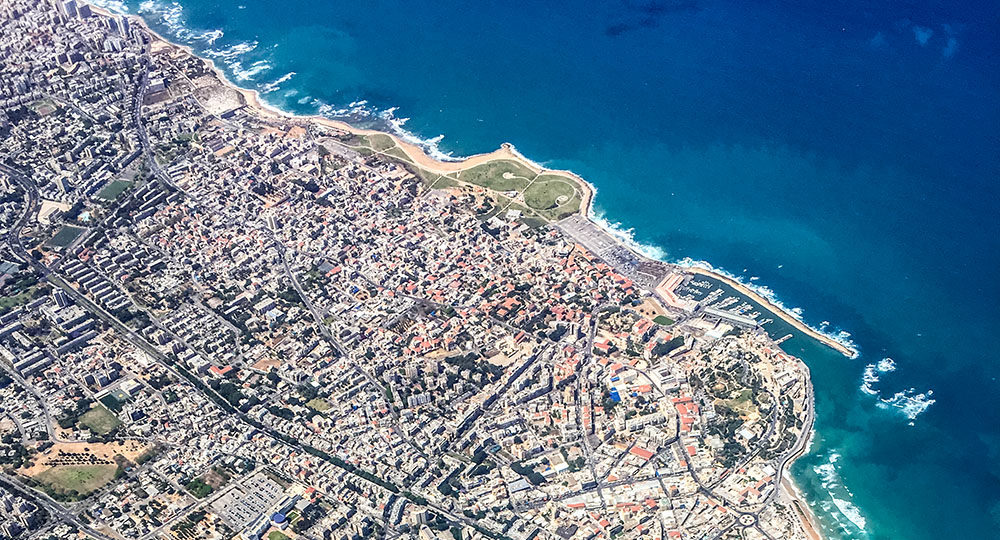

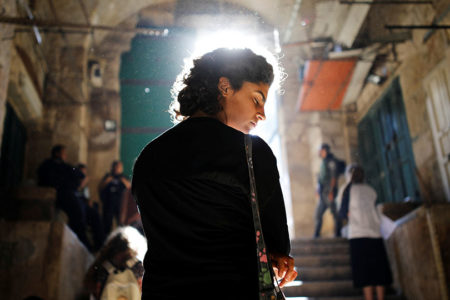
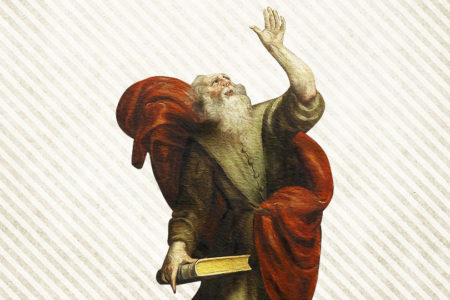
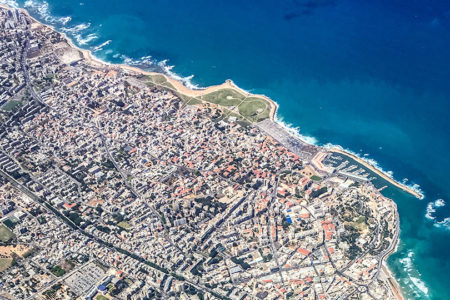
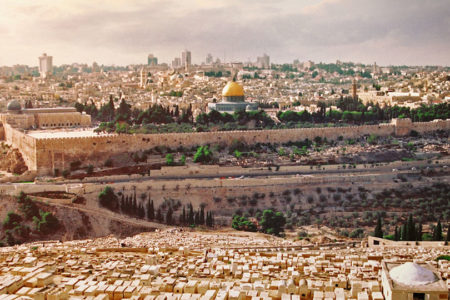
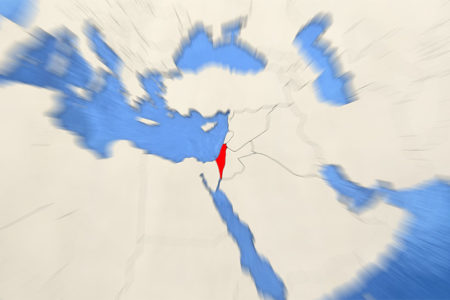

Your article explained it very clearly thank you for sharing with us
What is the approximate land area of the tribal allotment from Ezekiel 48?
What about the territory of Reuben?
The Valley of Gog’s army?
Buried in Israel.
Will require 7 months for the Israelis to cleanse the land.
This region currently is part of Jordan.
Ezekiel 39:11
I really enjoy your articles and the books I’ve read. I’m not a Bible scholar and you word everything so I can understand. Thank you for your faithful ministry.
Great article. Looking forward to Christ’s reign!
Thank you so much Brother David for your insights. The Kingdom to come will indeed be glorious!!